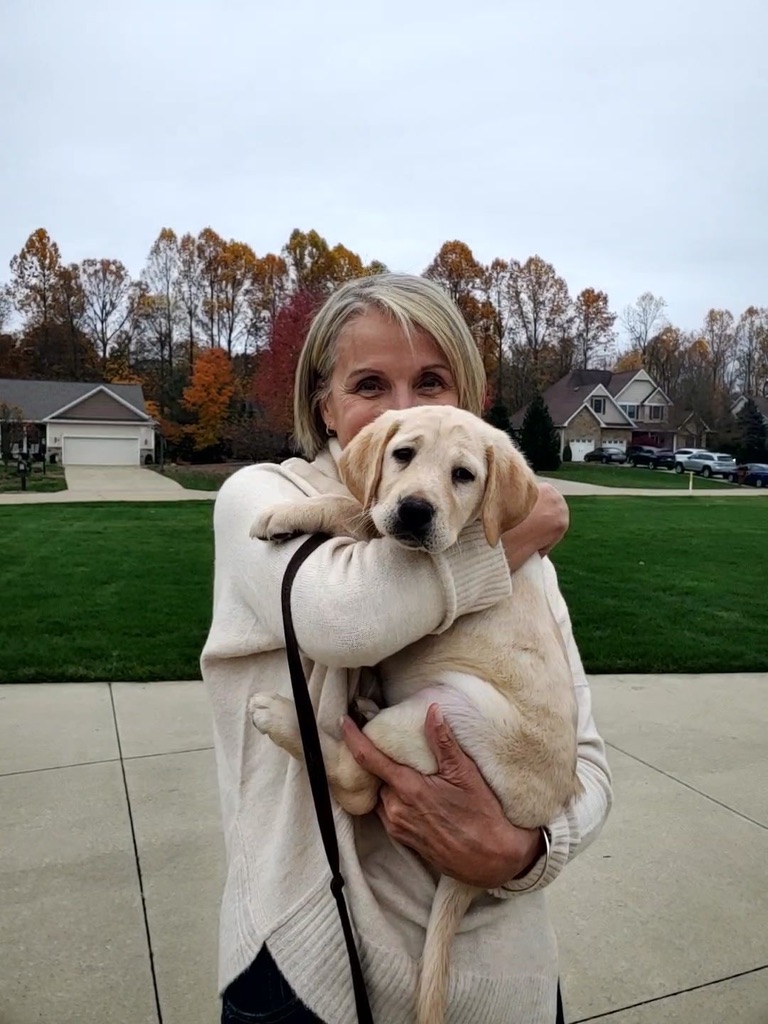Identifying and Expressing Your
Needs in Relationships
By Chopra Wellbeing on Aug 9, 2013 in

by David Simon
Most of us did not receive formal instructions on how to love. As we were growing up, we learned by observing our parents, siblings, and caregivers, who may or may not have been competent at managing and expressing their emotions. Judging from my personal and professional experiences, most people have a fairly undeveloped emotional skill set.
If we succumb to unconscious emotional patterns, we demonstrate the primitive love skills we learned, and the same patterns are repeated generation after generation. We can trace our emotional inheritance back to the original dysfunctional family of Adam and Eve – and we know from the Bible how their children turned out.
Evolutionary Expressions of Emotional Needs
As a consequence of our childhood dependency on our parents, we tend to model ourselves after them. If yours, like so many, were emotional amateurs, you likely have experienced challenges in meeting your love needs as an adult. Although people spend countless hours in therapy and counseling, seeking to figure out why they are who they are, having an intellectual understanding of why you are anxious or unhappy may not translate into feeling better.
By becoming more conscious of the principles and patterns that drive emotional responses, you can learn to recognize and express your feelings in healthier ways, expanding your sense of self and your repertoire of responses. The fruit of this effort is wholeness, freedom, and more nourishing relationships.
Bringing Awareness to Emotions
Emotions are physical sensations associated with thoughts in your mind. They are the essential mind-body experience. How you identify yourself, what you are thinking, and ultimately how you feel determines the priorities and choices you make from moment to moment. Your choices reinforce your view of yourself and others, while your emotions provide the signals that alert you when your sense of self is being challenged or reinforced.
For some people, their identity and self-image are closely tied to their physical body. Their highest priorities may be working out at the fitness club, having the most fashionable hairstyle, wearing the most stylish clothing, and following what they believe is the best diet. Any perceived threat to their sense of physical identity (someone criticizes the way they look, for example) generates discomfort.
Other people may primarily identify themselves in terms of their job title, position, or career. Their attention is focused on achieving the goals they have set for themselves. If they perceive a threat to their role, such as the potential loss of a job, being passed over for a promotion, or losing a case, their mind-body system produces feelings of distress. For others, their identity is based predominantly on their set of beliefs. They feel discomfort when their core tenets appear to be under fire (for instance, if someone disparages their religion or political views).
You can and do shift your principal sense of identity in any given moment and throughout your life, mobilizing emotional and physical responses when you perceive the need to protect your sense of self. What you decide is yours (e.g., your diet, your style, your position, your view on abortion) determines what you feel you need to defend. Threats that challenge the boundaries of your identity generate sensations that attract your attention. These sensations are our emotions or feelings.
The Two Primary Emotions
At the most fundamental level, we have the capacity for only two basic feelings – those ofcomfort and those of discomfort. Emotions are the messages your body sends to your mind from your boundaries of self-identity. When something or someone makes contact with your skin, which is the boundary of your physical self, nerve fibers send you a message of either comfort (a loving caress) or discomfort (stepping on a tack).
In a similar way, as your emotional boundaries are approached, you receive signals of comfort (someone compliments you) or discomfort (someone criticizes you). A signal of comfort usually encourages you to move towards the source of stimulation, while a signal of discomfort persuades you to move away from it. We can express these poles of emotions in different ways:
|
Comfort Pleasure Happiness Love Relief |
Discomfort Pain Sadness Fear Distress |
Whether or not you are consciously aware of it, every decision you make is based upon the expectation that your choice will generate more comfort, or at least less discomfort. This is true whether you are choosing a partner, a job, or a brand of toothpaste. You may be willing to endure short-term discomfort with the expectation that the longer-term payoff will be worth it, as when you step up your fitness routine to lose those love handles, or cram for an exam because you want to go to graduate school. But in the end, it is the expectation of greater comfort, pleasure, or happiness that drives all of our choices.
Why Do I Feel This Way?
Although every one of us is driven by this pleasure/pain principle, that which generates comfort or discomfort is different for each person. If you like strawberry shortcake, eating it for dessert will bring you pleasure. On the other hand, if you are allergic to strawberries, the same experience will generate feelings of distress. Some people thrive on the exhilaration of a roller coaster while others wouldn’t take a ride even if they were paid.
To begin bringing our unconscious emotional patterns into conscious awareness, we need to ask ourselves a critical question:
What determines whether I interpret an experience as comfortable
or uncomfortable?
When I ask this question at seminars, the inevitable first answer is “prior experiences.” It is, of course, true that past experiences influence our responses. If you were taken care of by a nurturing, Hungarian nanny when you were a child, you learned to associate her accent with kindness. As an adult, when you meet people from Hungary, you are predisposed to anticipate kindness from them. On the other hand, if you had childhood piano lessons with a harsh, demanding, abusive teacher from Hungary, hearing someone speak with that familiar accent might elicit anxiety in you today.
While past experiences influence our present perceptions, we do not have to be slaves to our conditioning or emotional Pavlovian dogs. We can go beyond our habitual thought patterns and make new life-supporting choices. An ancient Vedic expression declares, “The wise use memories, but do not allow memories to use them.”
Needs: The Heart of Emotions
Here is the question again: What determines whether we interpret an experience as comfortable or uncomfortable? If past experience is not the whole story, we have to look to the present, which means that we have to listen to our body. Remember, emotions are sensations in the body associated with thoughts in the mind. From the perspective of our body, our feelings of comfort or discomfort are primitive. We feel comfort, happiness, and pleasure when we are getting our needs met. We feel distress, sadness, and pain when we are not.
All emotions derive from needs. All emotions derive from needs. All emotions derive from needs. Repeat this sentence to yourself like a mantra until you grasp the profound simplicity of this insight. When you do, you will possess a vital healing tool: the ability to nurture your emotional wellbeing. Whenever you are uncomfortable, in distress, or in emotional pain, you can begin to change your situation by realizing that you are suffering because you are not getting something you need (or want).
We can observe these core emotional principles in action by watching young children. When a child wants to be held by his mother, being picked up makes him happy; not being held makes him sad. On the other hand, when the child wants to play with his friends, being held makes him miserable, whereas running free brings him pleasure. Emotions derive from needs. When our needs are being met, we feel comfortable. When they are not, we feel uncomfortable.
If you can accept that needs determine emotions, you are ready for the next step: recognizing and communicating your needs more consciously. Experiencing greater emotional well-being flows from mastering the ability to clearly communicate what you want in life. This is a learned response. If you are not currently adept in this area, it is because you learned from people who were not proficient.
Conscious Communication
In his book Nonviolent Communication, psychologist Marshall Rosenberg reminds us that the better we become at communicating our needs, the more likely we are to get them met – and the greater emotional wellbeing we will experience. Emotional turbulence arises when outcomes do not align with our intentions – when our experiences do not fulfill our expectations. This emotional upset can be viewed as a response to an unmet need or to someone crossing our boundaries without our permission.
The key principle of conscious communication is making it as easy as possible for the other person to meet your need by asking for the specific behavior that will fulfill it. I encourage you to master it by practicing the following simple method. Here are the four steps:
1) Whenever you feel upset, realize that it is because you have an unmet need.
2) Identify what happened that was different from what you expected.
3) Identify what you need that you did not get.
4) Ask for the behavior, being as specific as possible.
Although using this process does not guarantee that you will always get your needs met, it will increase the probability that you will spend more time feeling comfortable and less time in emotional distress.
Love Is a Practice
Love is an ability that improves with practice. The more consciously you can identify and communicate your expectations, the more likely you are to create a healthy, evolving bond. Listen therefore to the wisdom of your heart and allow it to guide you into higher expressions of love.
About the Author
 As a board-certified neurologist and pioneer in the field of mind-body medicine, Dr. David Simon co-founded the Chopra Center for Wellbeing with Deepak Chopra in 1996. For many years, David served as the Chopra Center’s Medical Director, helping to develop and lead the Center’s signature programs and events, including Perfect Health, Journey into Healing, and Seduction of Spirit. David Simon was also the author of many popular wellness books, including Free to Love, Free to Heal, which is a guide to the unique emotional healing process that is taught at the Chopra Center’s Healing the Heartworkshop.
As a board-certified neurologist and pioneer in the field of mind-body medicine, Dr. David Simon co-founded the Chopra Center for Wellbeing with Deepak Chopra in 1996. For many years, David served as the Chopra Center’s Medical Director, helping to develop and lead the Center’s signature programs and events, including Perfect Health, Journey into Healing, and Seduction of Spirit. David Simon was also the author of many popular wellness books, including Free to Love, Free to Heal, which is a guide to the unique emotional healing process that is taught at the Chopra Center’s Healing the Heartworkshop.





Leave A Comment
You must be logged in to post a comment.